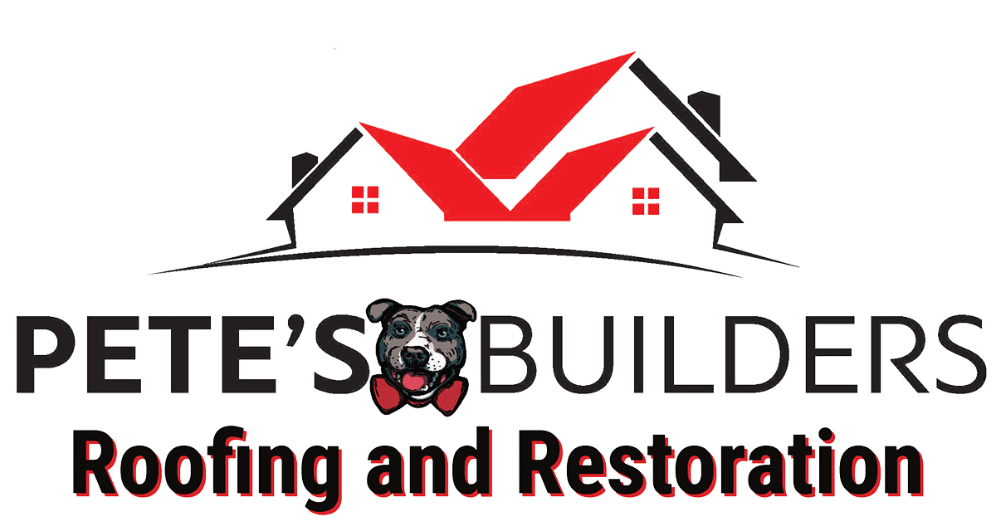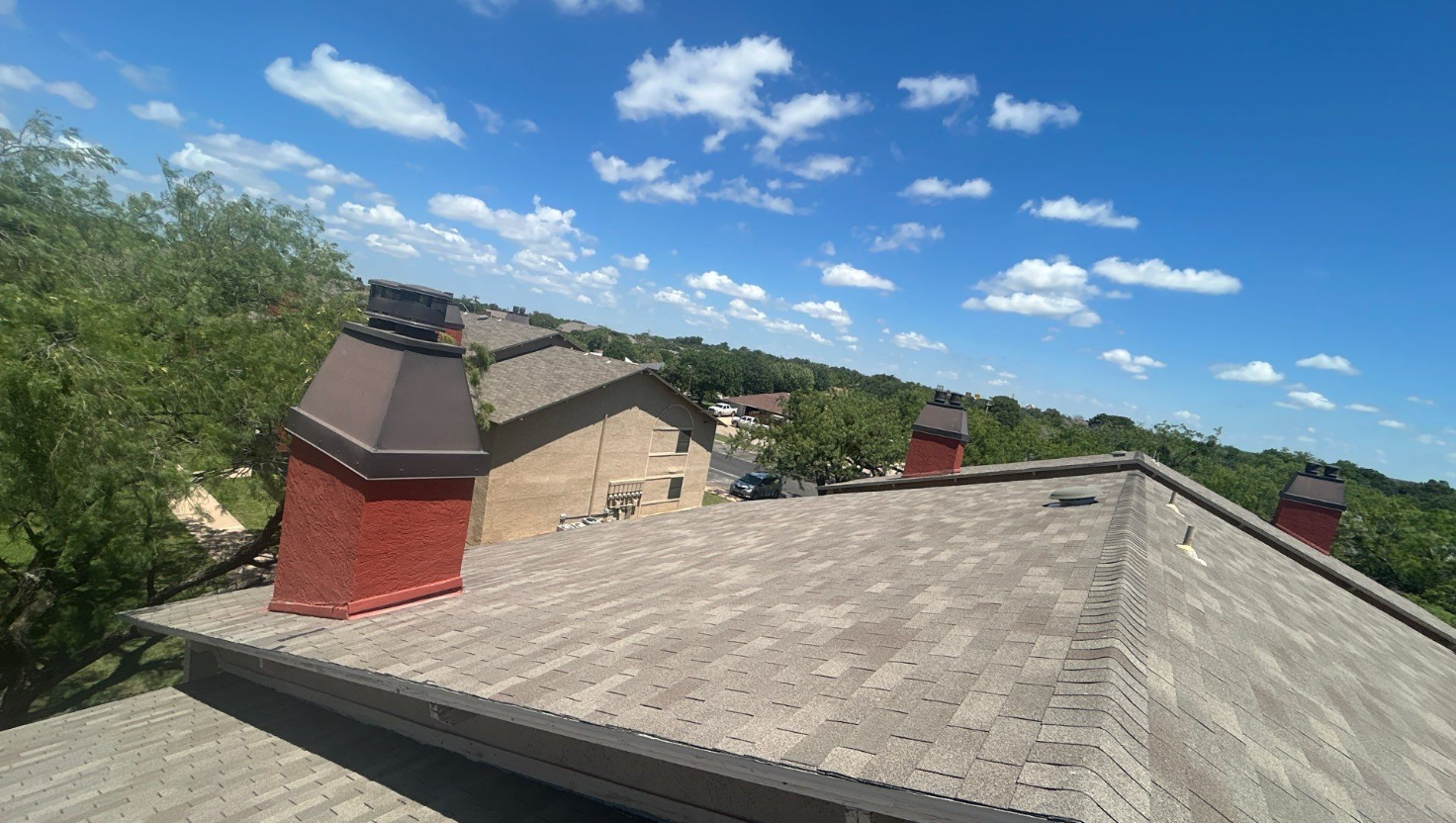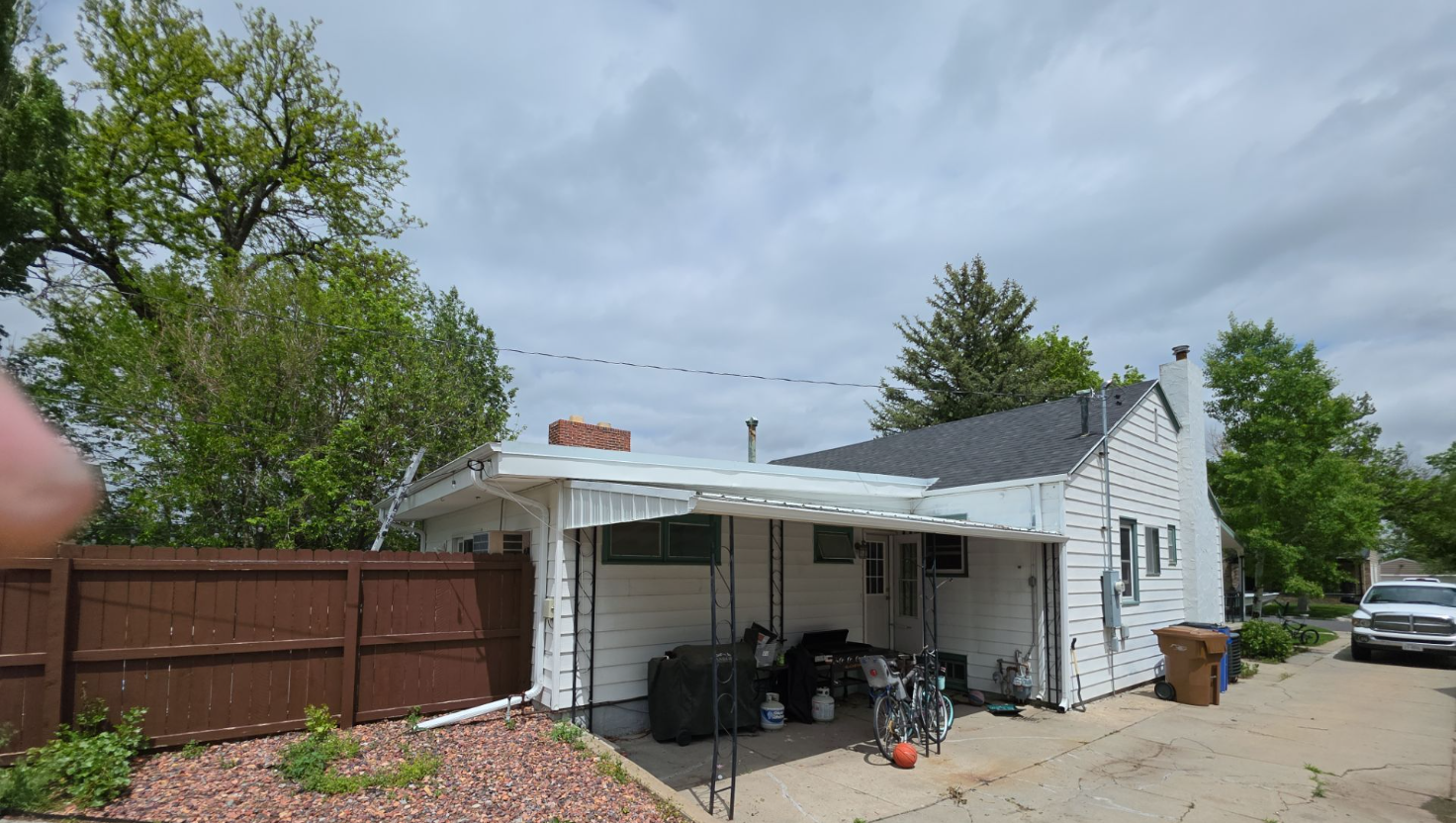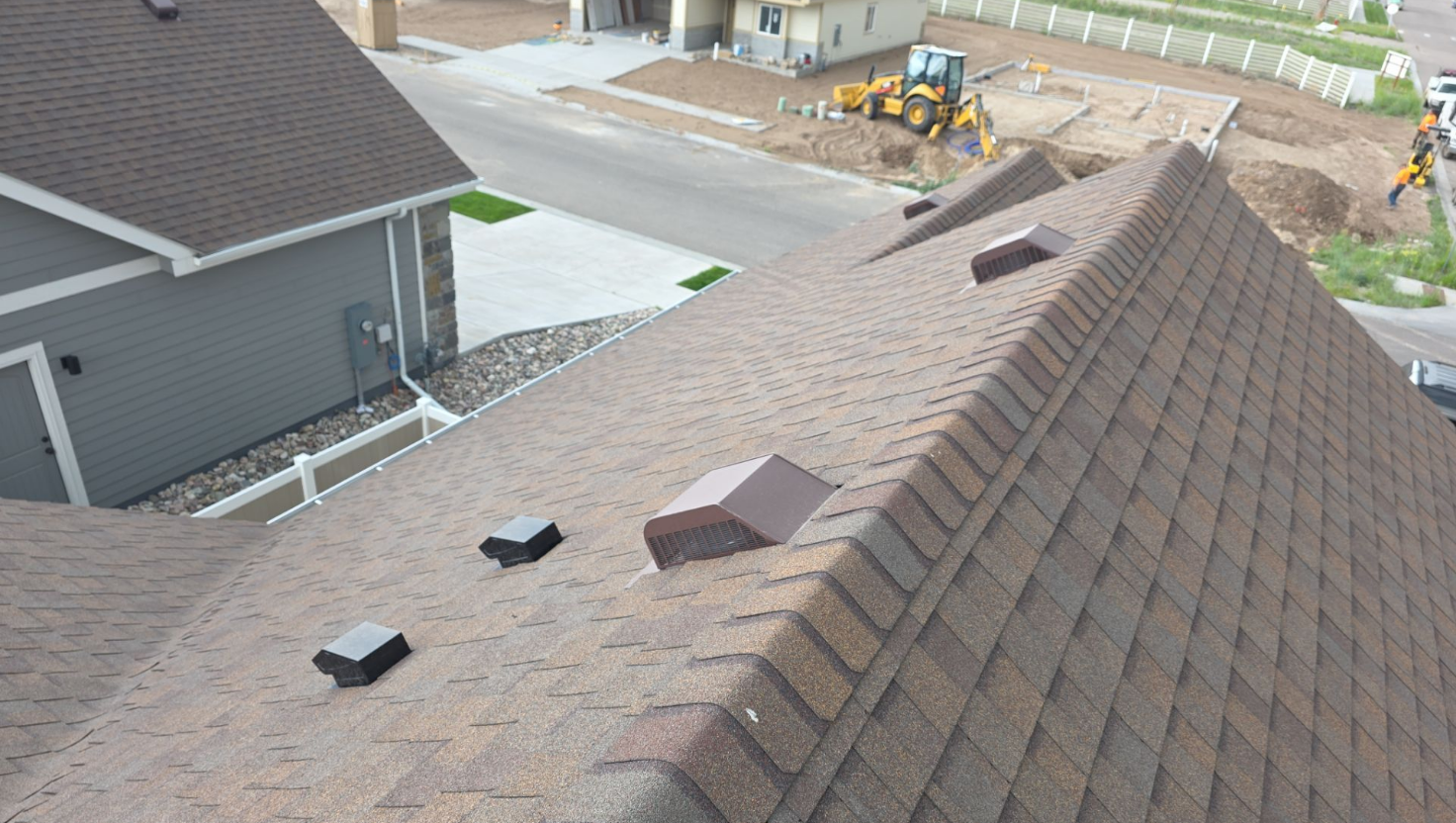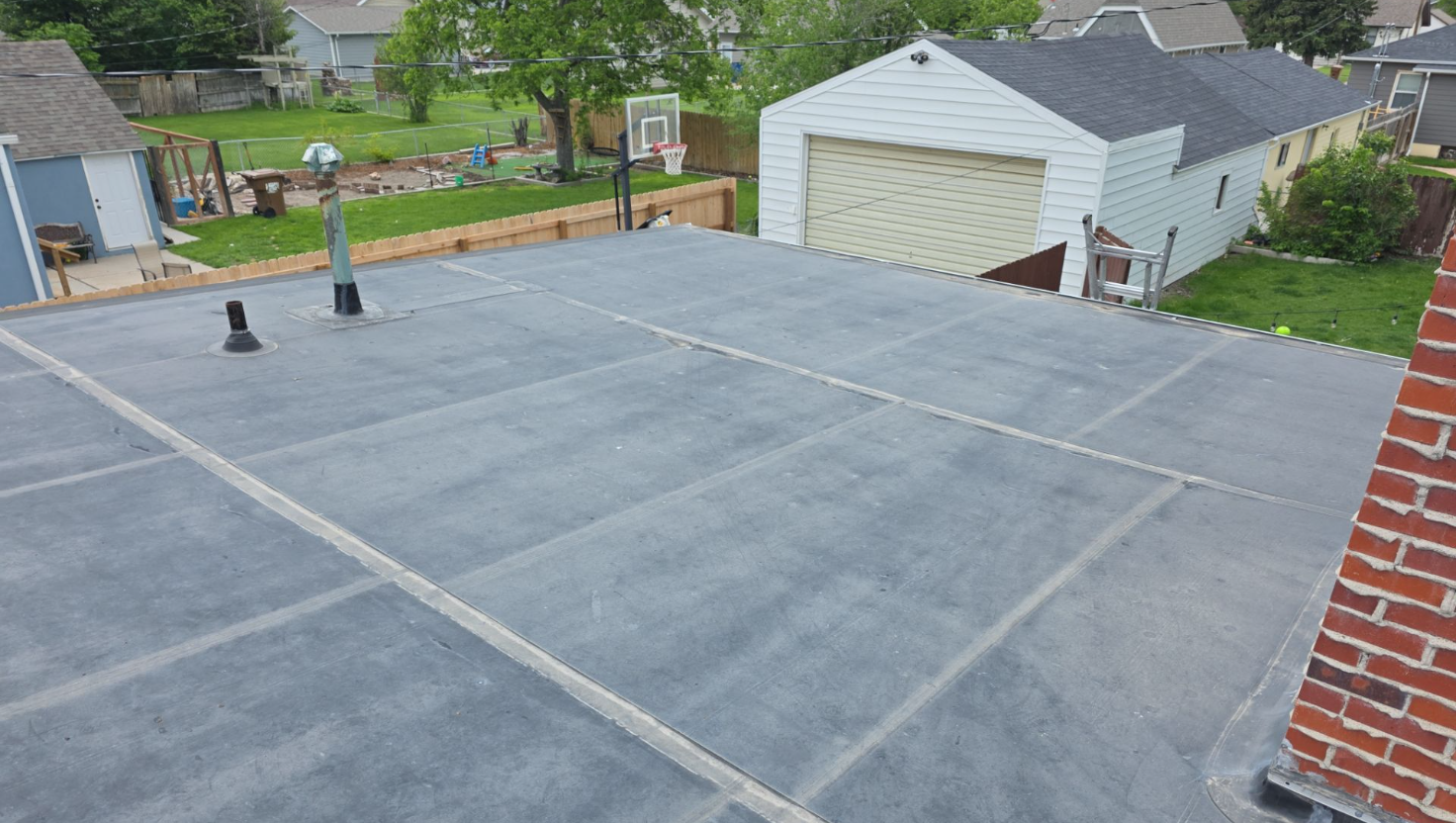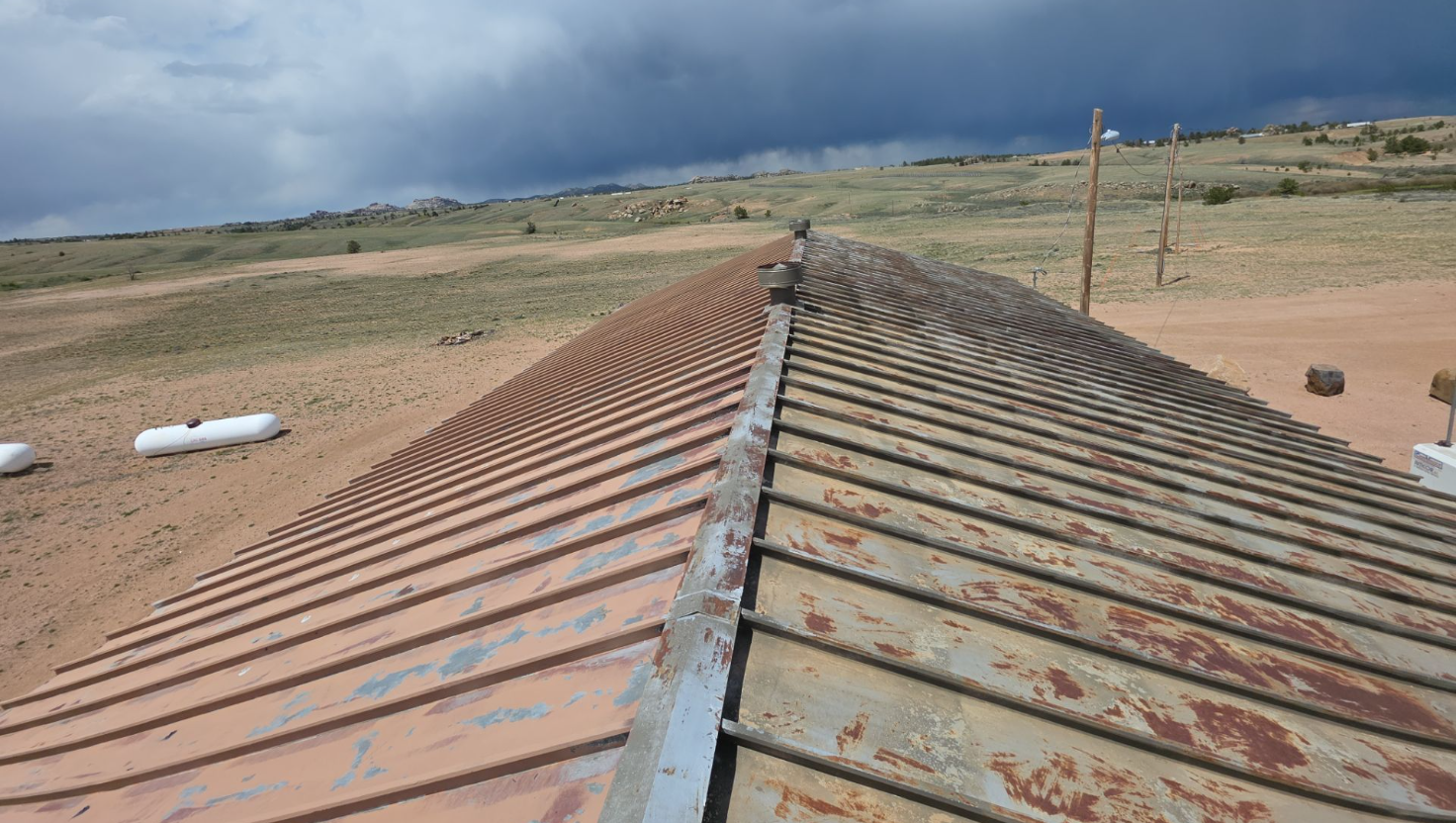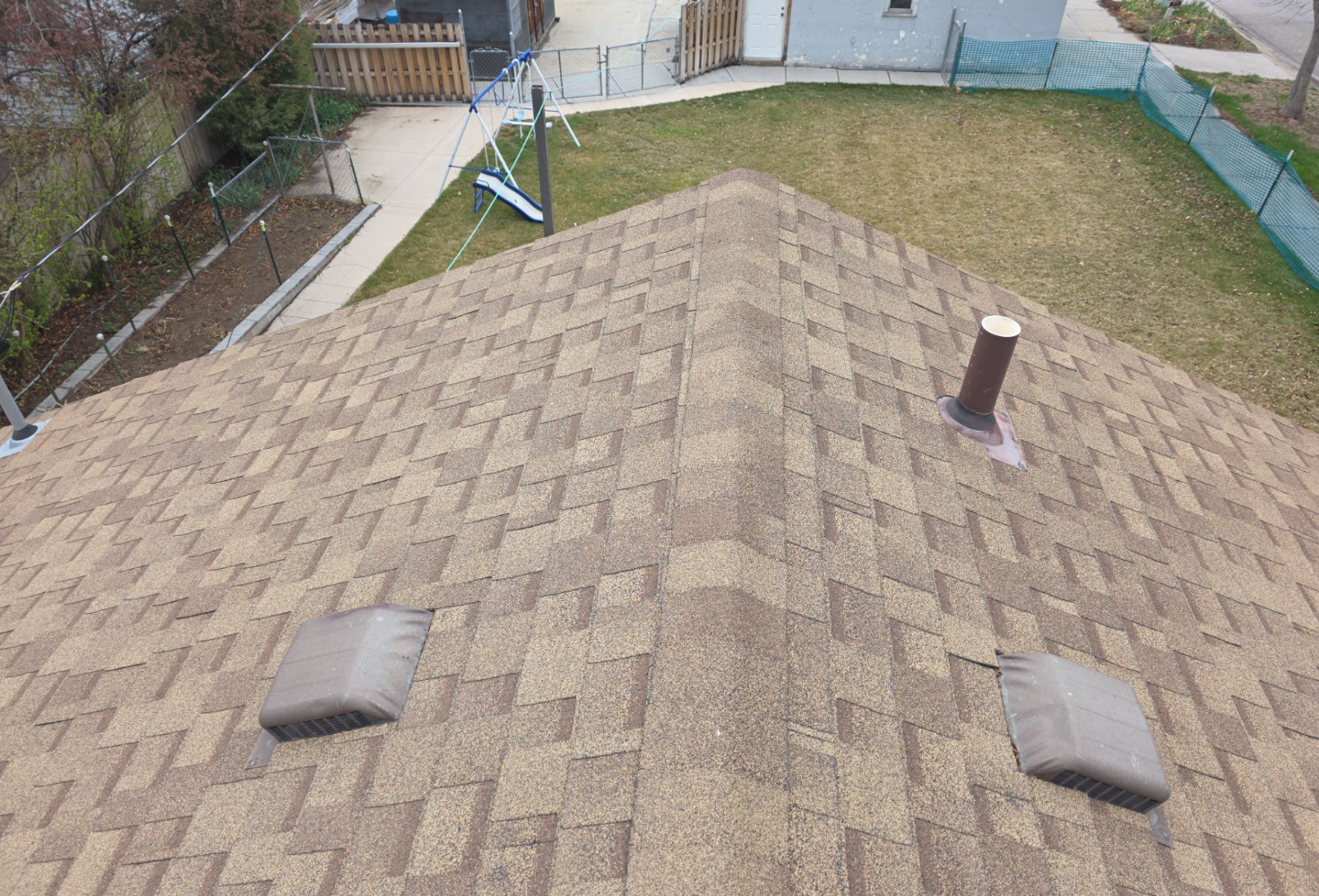When a powerful storm hits Wyoming, your roof is your home’s first line of defense—and often the first to take the damage. ⛈️ High winds, hail, and heavy snowfall can compromise your roof’s integrity fast. If you’re facing storm damage roof repair in Wyoming, taking the right steps within the first 24 hours can make all the difference.
Let’s walk you through exactly what to look for, what to do, and how Pete’s Builders can help you bounce back quickly and affordably.
Table of Contents
- Common Signs of Roofing Storm Damage
- What to Do Within 24 Hours of a Storm
- Emergency Roofing Services by Pete’s Builders
- Insurance Tips & Documentation Checklist
- Typical Repair Costs in Wyoming
- Why Acting Fast Matters
- FAQs
- Call Pete’s Builders Now – Get a Free Roof Inspection
Common Signs of Storm Damage Roof Repair in Wyoming
Storm damage isn’t always obvious from the ground. But here are the red flags you should never ignore:
- 💧 Ceiling leaks or water stains
- 🍃 Missing, lifted, or curled shingles
- 🧱 Granules in your gutters
- 🌪️ Flashing torn or missing
- 🧊 Hail dents on shingles or vents
- 🌬️ Tree limbs or debris on the roof
Also check out our Roof Repairs and Maintenance page for ongoing protection.
What to Do Within 24 Hours of a Storm
Time is critical. Follow these steps immediately:
- Document everything – Take clear photos of damage inside and out.
- Cover exposed areas – Use tarps to prevent water intrusion.
- Call Pete’s Builders – We offer same-day emergency roof inspections.
- Avoid climbing your roof – Let professionals handle the assessment safely.
- Contact your insurance provider – Report the incident and start the claims process.
Emergency Roofing Services by Pete’s Builders
At Pete’s Builders, we specialize in storm damage roof repair in Wyoming, especially in areas like Cheyenne, Casper, Laramie, and Gillette.
✅ 24/7 Emergency Response
✅ Certified for Residential, Commercial & Multi-Family Roofing
✅ Free Drone Inspections
✅ Temporary Tarping Available
✅ Assistance with Insurance Claims
Visit our Storm Damage Repair service page for more info.
Insurance Tips & Documentation Checklist
Dealing with insurance can be stressful. Make it easier with these tips:
🗂️ Save all photo evidence before any temporary repairs.
📝 Keep receipts for emergency work (e.g., tarping, hotel stays).
📞 Contact your insurance adjuster quickly.
📄 Get a detailed inspection report from a licensed contractor like Pete’s Builders.
Need help with the claim? Just ask. We’ve helped dozens of Wyoming homeowners navigate this process.
Typical Repair Costs in Wyoming
Roofing repair costs after storm damage can vary based on the severity and material. Here’s a breakdown:
- Minor shingle repairs: $350–$700
- Flashing or vent replacements: $300–$900
- Partial roof replacement: $2,000–$6,000
- Full roof replacement: $7,000–$14,000+
💡 Tip: Insurance may cover 70–100% of the cost if properly documented.
Why Acting Fast Matters
Delaying repairs can lead to:
❌ Mold and mildew buildup
❌ Water damage to walls and insulation
❌ Denied insurance claims due to late reporting
❌ Higher long-term repair costs
🏠 Acting fast saves your home and your wallet.
FAQs
Q1: How soon should I inspect my roof after a storm?
A: Within 24 hours is ideal. Schedule an inspection even if damage isn’t visible.
Q2: Will insurance cover my roof repairs?
A: Most policies cover storm-related damage. Pete’s Builders can assist with documentation to improve your claim success.
Q3: Can you help with temporary fixes?
A: Yes! We offer emergency tarping and sealing to prevent further damage.
Q4: What areas do you serve?
A: We cover all of Wyoming, including Cheyenne, Casper, Gillette, and more.
Q5: How long does a storm damage roof repair take?
A: Minor repairs take a few hours. Full replacements may take 1–3 days depending on material and size.
Call Pete’s Builders Now – Get a Free Roof Inspection
Don’t let storm damage put your home at risk. Call Pete’s Builders today for fast, affordable, and expert storm damage roof repair in Wyoming.
📞 (307) 215-4831
petesbuilderscommercial.com
📍 Serving Cheyenne, Casper, Laramie & Beyond
